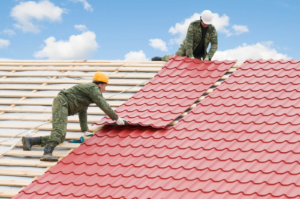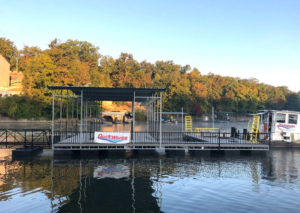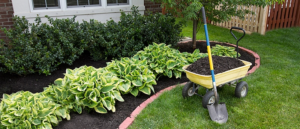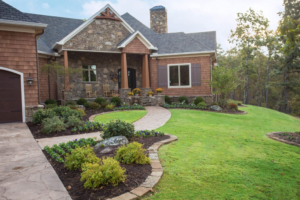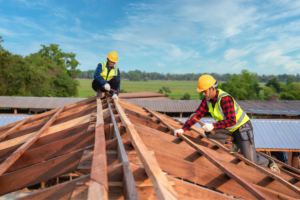Lodging Solutions is a large hospitality category encompassing hotels, resorts, and individual home properties listed through companies like Airbnb (peer-to-peer accommodations). Effective pricing for lodging is critical to profitability.
Green Street provides a comprehensive suite of lodging data to empower your investment and operational decisions. Learn more about how to leverage our Green Street data below.

A hotel is a large commercial lodging establishment with a wide range of facilities and services. It is generally situated in central city locations, tourist destinations, or at pilgrimage sites. The financial control department is responsible for ratifying the inventory items prepared by the operational departments and also handles all the accounting activities of the hotel. This department also maintains the hotel’s account by processing payments, invoicing, billing, collecting payments, and generating statements. Hotel bedrooms offer a high standard of equipment and comfort, well designed with coordinated furnishing and decor. A hotel is often a full service accommodation and provides business travellers with meeting and conference facilities.
Bed & Breakfast
A bed and breakfast (also known as B&B, pension con desayuno incluido, or posada) is a cozy lodging option with personalized touches. The hosts often provide unique local insights and recommendations, making it a great choice for cultural immersion during travel.
The name of this accommodation type reflects its key feature – a meal that is provided to the guests each morning as part of their stay. While the breakfast may vary in style from place to place, all B&Bs aim to provide a hearty and delicious meal for their guests. This differentiates them from hotels, which typically serve continental or buffet-style breakfasts.
Bed and breakfasts are traditionally run out of the host’s home, where they rent rooms to travelers. They can be small and intimate, with a few rooms in a converted house, or larger and more luxurious with multiple bedrooms in an old and historic building. Some have their own private bathrooms, while others may share a bathroom with other guests staying at the establishment.
In addition to providing comfortable accommodations, many B&Bs also offer additional services like guided tours or dinner options for their guests. This is a way to attract discerning tourists looking for more than just a hotel room.
Establishing a bed and breakfast is a rewarding endeavor for those looking to offer a quality guest experience and earn money from their efforts. To be successful, owners must understand what their target market is looking for and offer a combination of comfort, personalized experiences, and extra amenities to stand out from the competition. To achieve this, B&Bs should invest in marketing through travel agents and online platforms to increase visibility.
Ecolodge
An ecolodge is a nature-based lodging that is operated with ecological values in mind. They provide a unique experience that is different from a typical bed and breakfast or hotel because they offer more activities centered on nature and ecology. There are many types of ecolodges, and they may differ in their structure, location, and purpose. Some are designed in the present day based on ecological principles, while others may be repurposed buildings such as farms or country homes. In Italy, these are called agriturismos and are becoming increasingly popular among European guests.
Eco lodges are often situated in pristine natural environments such as mountains, forests, and beaches to provide a more secluded and intimate experience for travellers. They are usually built using environmentally friendly materials and utilize renewable energy sources to minimize their environmental footprint. They also support local communities and wildlife conservation initiatives, as well as promote sustainable tourism practices.
Moreover, they provide opportunities for travellers to learn about the indigenous people in the area and their culture through cultural activities and nature based tours. The Polwaththa eco lodge in Sri Lanka is one of the most successful examples of this, as they employ over 80% of their staff from the village and pay above average wages. They also set up savings accounts for their employees and contribute to community projects.
Additionally, some ecolodges also have nature interpretation guides who are trained in biology and have extensive knowledge of the local ecosystem. They can offer visitors books, posters, maps, photographs, orientation presentations, and other resources to explain the importance of a healthy habitat and teach guests how to enjoy the region without causing any damage. This is a key component of ecotourism, and it shows that it is possible to earn income from nature without harming or degrading the environment in the long run.
Resort
A resort is a type of commercial establishment that tries to provide all of the things that a vacationer might want on their trip. This includes dining, swimming, sports and entertainment all within a single property. This makes it a great choice for families, as they can avoid having to travel to different locations for these activities. Unlike hotels, which focus on providing only lodgings, resorts are designed to be destinations in their own right.
Because they offer more than just sleeping accommodations, resorts tend to be more popular among families and those who are looking for a complete travel experience. They often feature many amenities and services that help people relax and rejuvenate. In addition, they usually have a lot of different things to do, such as going to the beach, skiing, or hiking.
It is important for resorts to stay up-to-date with industry trends to attract guests and ensure long-term success. This can be done by regularly updating facilities and offering new activities. Additionally, by listening to customer feedback, resorts can make improvements to their services and offerings.
Another way that resorts can differentiate themselves from their competition is through effective branding. This involves creating a unique identity that represents the values and attributes of the resort. This includes everything from logos and colour schemes to tone of voice and messaging.
If you are planning a vacation, be sure to check the hotel or resort website to find out whether they charge any additional fees. These fees can significantly add to the cost of your stay, so it is a good idea to research before booking. Also, it is a good idea to look for deals or packages that can save you money on resort fees.
Motel
A motel is a type of hotel. A motel is typically found along highways, and has rooms that can be entered through exterior doors. Motels are usually cheaper than hotels and have fewer amenities. They are also usually located in outskirts of towns or rural areas. Motels are usually family-owned and operated. However, there are some national chains that offer motel services.
Originally, the term motel was used to describe roadside hotels that cater to motorists. As the automobile became the dominant mode of transportation, motels grew in popularity in America and other countries with large road networks. They provided modest overnight lodging for highway travelers and were conveniently situated near highway exits. They were similar to the town-centered tourist courts that sprang up around two-lane highways in the 1930s and 1940s, which included a variety of businesses such as car dealerships, fuel stations, lumber yards, drive-in restaurants and theaters.
In recent decades, the motel industry has been affected by many significant changes. Although motels were a key component of the American economy in the 1950s and 1960s, they have since fallen out of favor as the hotel industry has evolved to focus more on service and comfort. Several major challenges have contributed to this decline, including new road systems that render many motels inconveniently situated and the appearance of budget hotels that provide a more comprehensive range of services at lower rates.
Despite their declining popularity, motels continue to play an important role in the hospitality industry. Some motels have a unique business model that is designed to appeal to a specific market segment, such as budget-minded travelers. These motels are often referred to as motel-style hotels, motel 6, or budget hotels.

